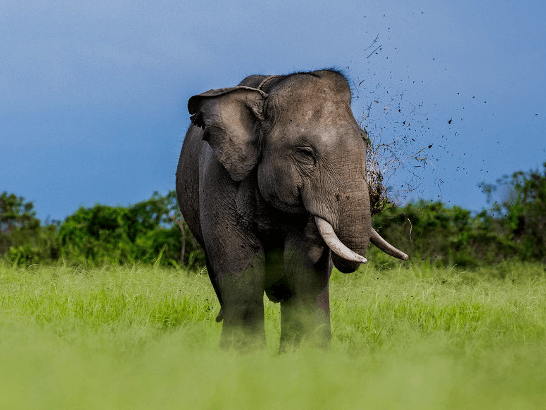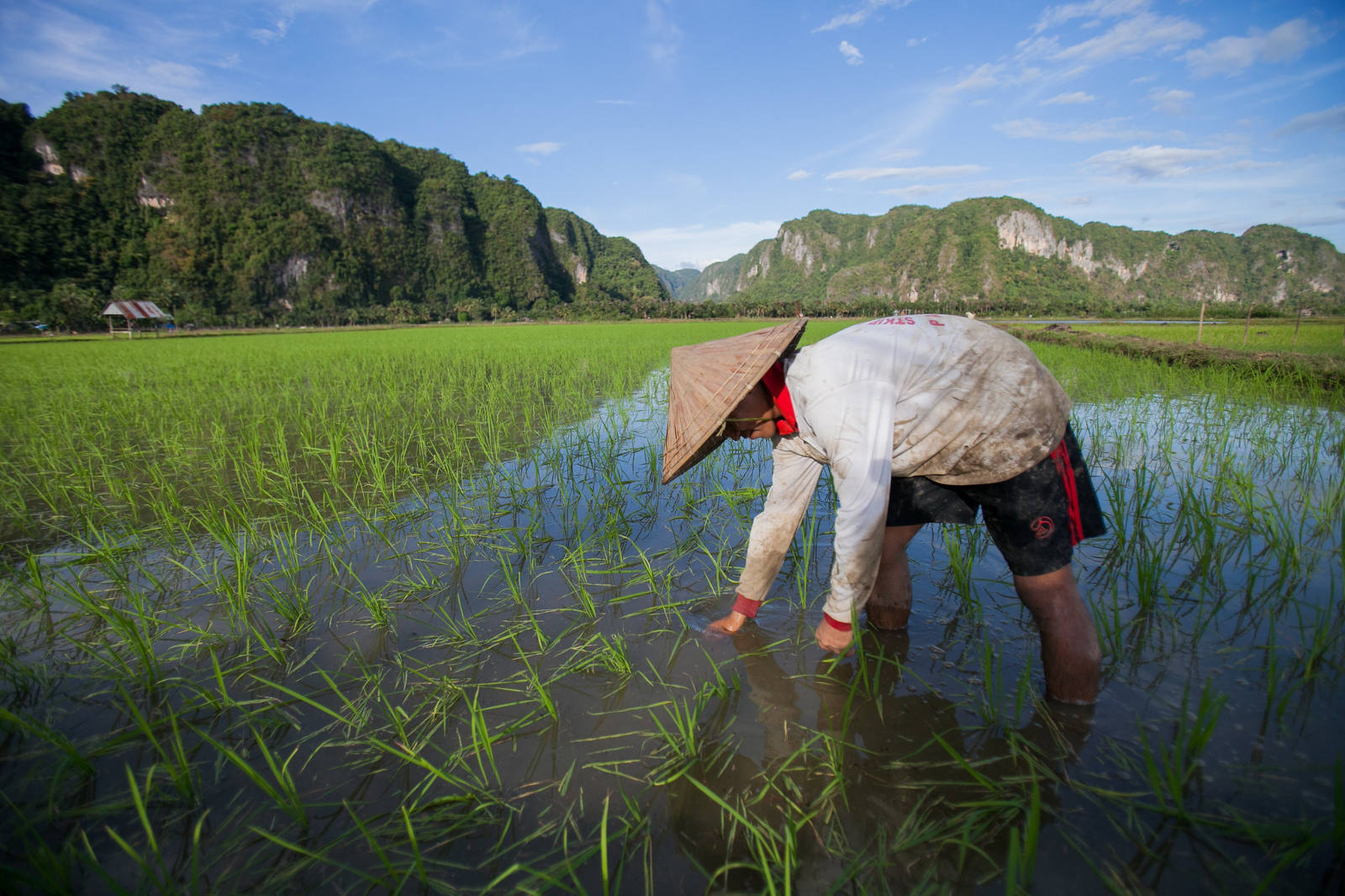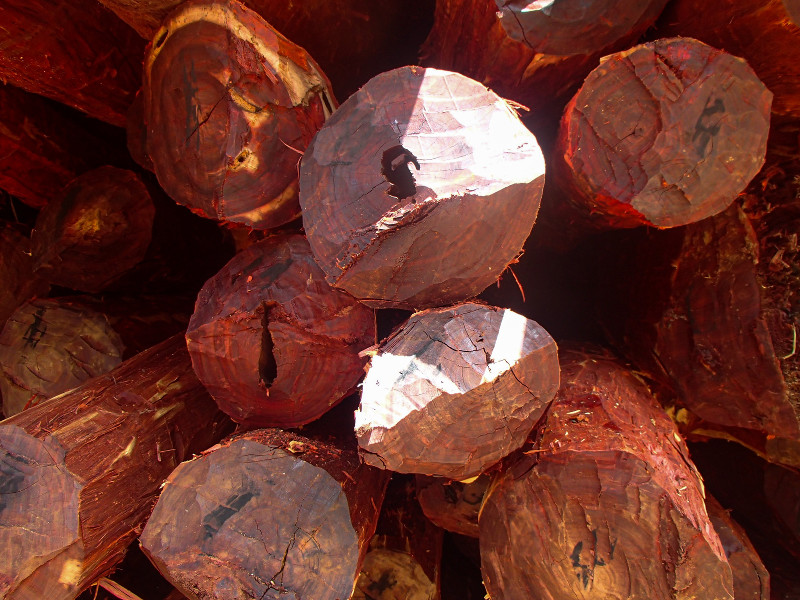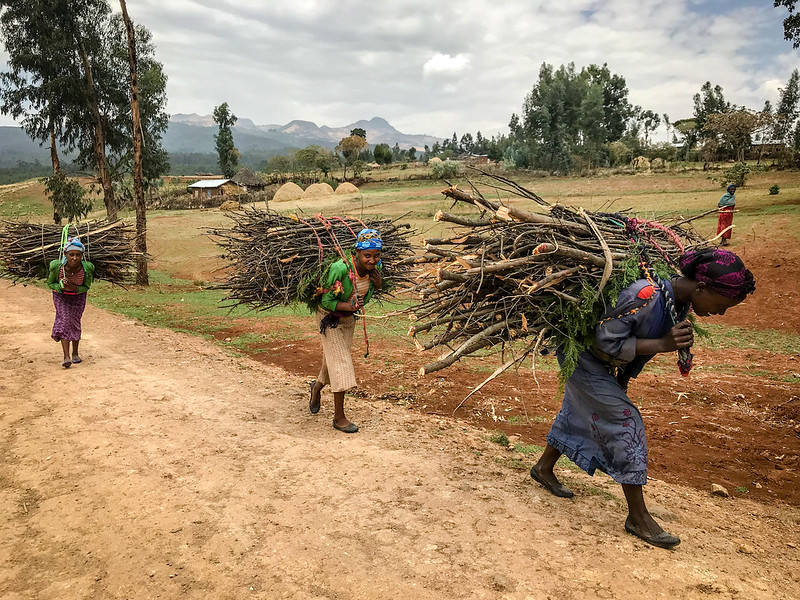In the course of investigating the systematics of woody litter micromycete associates in Yunnan Province, China, we found one new species in Phaeoseptaceae, one new genus and three new species in Sulcatisporaceae from 16 specimens collected (ten collections of ascomycetous teleomorphs, four collections of hyphomycetous and two collections of coelomycetes anamorphs) from Ailaoshan, Chuxiong, Diqing, Honghe, Kunming, Lancang, Mengla and Yuxi in Yunnan Province. These taxonomic novelties were recognized with the aid of morphological comparisons and phylogenetic analyses of multiple gene sequences (non-translated loci and protein-coding regions). Pleopunctum menglaense sp. nov. is accommodated in Phaeoseptaceae (Pleosporales) based on its hyphomycetous anamorph, which is characterized by superficial sporodochia on the host surface, macronematous, mononematous, cylindrical, unbranched, aseptate, hyaline and smooth-walled conidiophores, monoblastic, terminal, hyaline conidiogenous cells, hyaline, muriform α conidia, and brown, muriform β conidia with tri-lobed wing like basal cells. Kazuakitanaka gen. nov. (type: K. yuxiensis) is introduced in Sulcatisporaceae (Massarineae, Pleosporales) for a saprobic ascomycete with teleomorphic and anamorphic (coelomycetous) features. The teleomorph possesses globose to subglobose ascomata with acentric ostiole, a peridial wall of textura angularis to textura prismatica, cylindric-clavate, pedicellate asci with an ocular chamber, and 1–2-septate, hyaline, fusiform, guttulate ascospores with a distinct mucilaginous sheath. The anamorph features pycnidial conidiomata, phialidic, ampulliform to cylindrical, hyaline conidiogenous cells and ampulliform to cylindrical, one-to-three-septate, hyaline, guttulate conidia. Loculosulcatispora was known only from its anamorph of L. thailandica. We observed the teleomorph of Loculosulcatispora hongheensis sp. nov. and amended the generic description of Loculosulcatispora accordingly. Loculosulcatispora hongheensis is characterized by globose to subglobose ascomata with a central ostiole, a peridial wall of textura angularis to globosa, branched, septate, pseudoparaphyses, clavate asci with a short pedicel and a minute ocular chamber and hyaline, fusiform, 1-septate ascospores with a thick irregular mucilaginous sheath. This study provides some insights into the diversity of fungi on dead woody litter in terrestrial habitats.
DOI:
https://doi.org/10.3390/jof8040375
Altmetric score:
Dimensions Citation Count:























